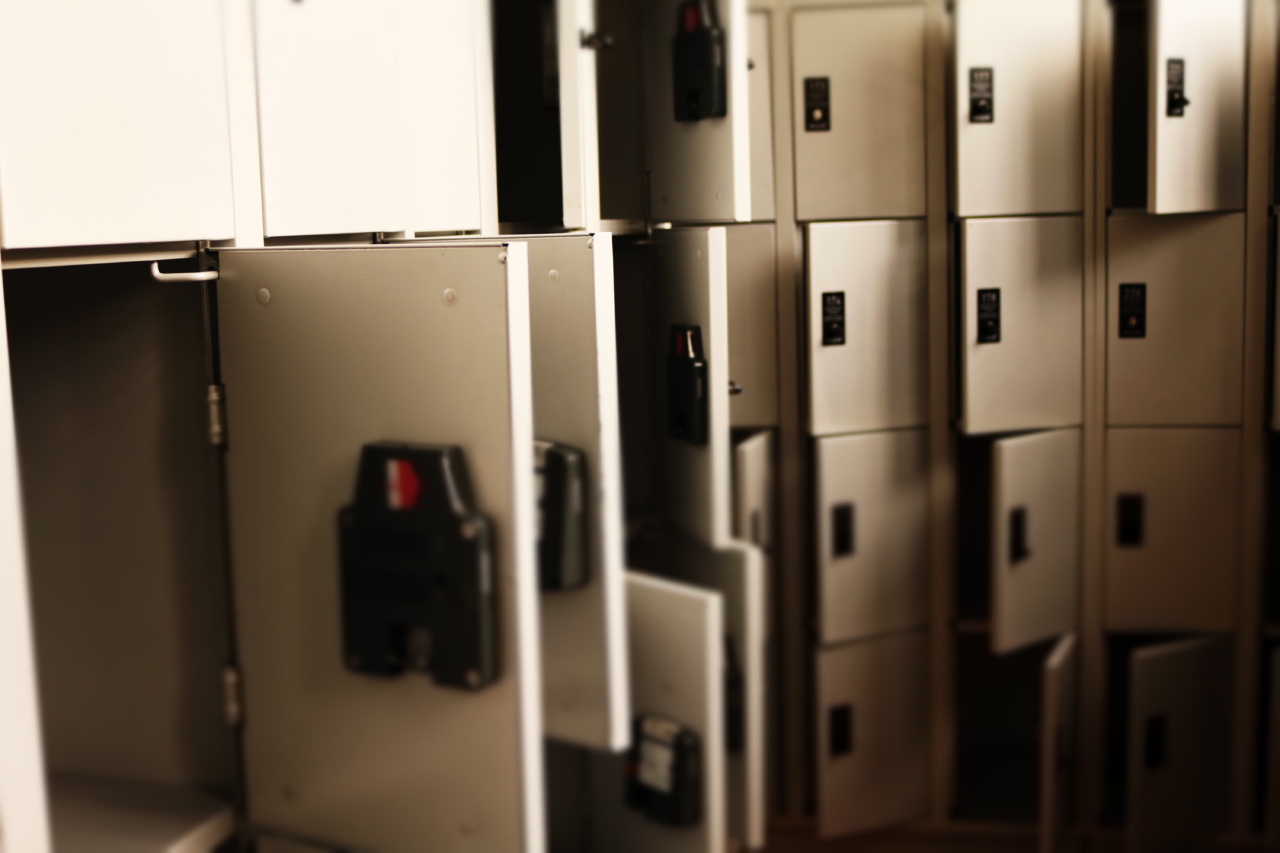For individuals with diabetes who rely on insulin to manage their condition, proper storage of insulin is crucial.
Insulin is a hormone that helps regulate blood sugar levels, and if it is not stored correctly, its effectiveness can be compromised, leading to potential health risks.
Why is Proper Insulin Storage Important?
Insulin is a delicate medication that can degrade under certain conditions. Incorrect storage can alter its potency and effectiveness, making it less reliable in controlling blood sugar levels.
Extreme temperatures can cause insulin to degrade quickly, potentially leading to dangerously high or low levels of blood sugar.
Safe Storage Tips for Diabetic Insulin
1. Temperature Control
Insulin should be stored at temperatures between 36°F and 46°F (2°C and 8°C). It is crucial to avoid freezing as well as extreme heat, as both can negatively impact insulin.
Insulin should not be exposed to direct sunlight or stored near radiators, stoves, or other sources of heat. Temperature-sensitive insulin should not be exposed to fluctuations in temperature, so avoid storing it in the refrigerator door, which is subject to frequent temperature changes.
2. Refrigeration
Refrigeration is the most recommended method of insulin storage, particularly for long-term storage or when insulin supplies are not in use.
However, it is important to note that insulin should not freeze, so ensure it is not placed in the freezer compartment of the refrigerator. Insulin should be kept in its original sealed packaging to protect it from light exposure.
3. Room Temperature Storage
Opened vials or pens of insulin that are currently in use can be safely stored at room temperature for a limited period. Insulin stored at room temperature should be used within 28 days and discarded if not finished within that timeframe.
However, consult the manufacturer’s guidelines as the specific storage duration may vary depending on the type of insulin. Insulin stored at room temperature should be kept away from direct sunlight and sources of heat.
4. Traveling with Insulin
When traveling with insulin, it is important to keep it cool and avoid exposure to extreme temperatures. Insulated travel cases or cooling pouches can help maintain the temperature of the insulin during travel.
Additionally, keeping insulin in an insulated bag with ice packs can help prevent temperature fluctuations. It is advisable to carry a backup supply of insulin in case of any unforeseen circumstances.
5. Avoiding Extreme Temperatures
Insulin should never be exposed to extreme temperatures, whether excessively hot or cold. Avoid leaving insulin in a hot car or in freezing conditions.
Extreme temperatures can cause insulin to lose its effectiveness and potency, thus compromising its ability to regulate blood sugar levels.
6. Insulin Storage at Work or School
For individuals who spend a significant amount of time at work or school, proper insulin storage is essential. If refrigeration is not readily available, insulin can be stored in an insulated bag or a small cooler with ice packs.
Ensure the insulin is not directly exposed to the ice packs to prevent freezing. It is important to label the bag or cooler containing insulin to avoid any accidental misuse.
7. Insulin in Extreme Weather
In areas with extreme weather conditions, such as intense heat or cold, special care must be taken to protect insulin.
Insulin should not be left in a car, even for a short period, as the temperature inside a parked car can quickly reach dangerous levels. During cold weather, insulated cases can help protect insulin from freezing.
8. Insulin Storage and Shelf Life
Insulin has a specific shelf life, which varies depending on the specific type of insulin. Always check the expiration date on the insulin packaging and never use expired insulin.
Insulin that has expired may not be effective in controlling blood sugar levels and should be discarded according to proper disposal guidelines.
9. Proper Insulin Handling
When handling insulin, it is important to avoid vigorous shaking as it can impact its effectiveness. Gently roll vials between the palms of the hands to mix the insulin.
Avoid using insulin that appears cloudy or contains particles, as this may indicate degradation or contamination. If any doubts arise regarding the quality or condition of insulin, consult a healthcare professional.
10. Backup Insulin Supply
In case of emergencies or unexpected situations, it is always advisable to have a backup supply of insulin available.
This ensures that individuals with diabetes can continue managing their condition even if their primary insulin supply becomes compromised or inaccessible.
Conclusion
Proper storage of diabetic insulin is of utmost importance in maintaining its effectiveness in managing blood sugar levels.
By following these safe storage tips, individuals with diabetes can ensure that their insulin remains potent and reliable, allowing them to effectively manage their condition and minimize potential health risks.































